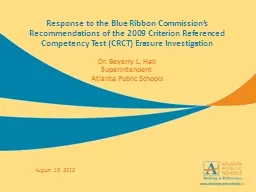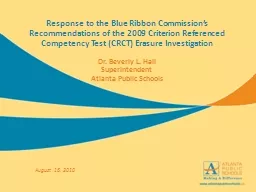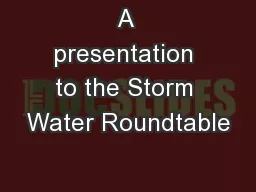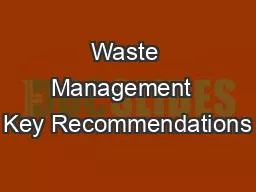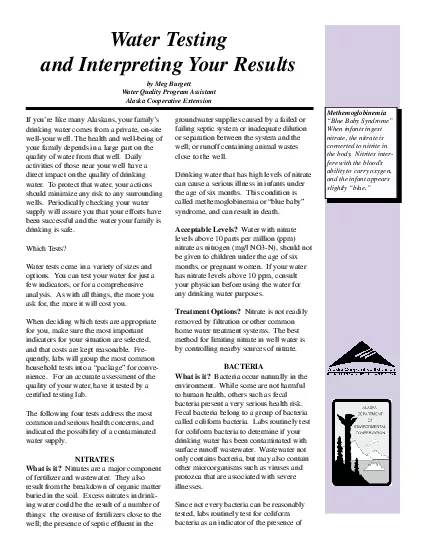PPT-Policy options and recommendations
Author : celsa-spraggs | Published Date : 2017-10-16
José Palacín Chief Innovative Policies Development UNECE Minsk 19 June 2014 2 Where to start Ecoinnovation concerns multiple actors and objectives Greening
Presentation Embed Code
Download Presentation
Download Presentation The PPT/PDF document "Policy options and recommendations" is the property of its rightful owner. Permission is granted to download and print the materials on this website for personal, non-commercial use only, and to display it on your personal computer provided you do not modify the materials and that you retain all copyright notices contained in the materials. By downloading content from our website, you accept the terms of this agreement.
Policy options and recommendations: Transcript
Download Rules Of Document
"Policy options and recommendations"The content belongs to its owner. You may download and print it for personal use, without modification, and keep all copyright notices. By downloading, you agree to these terms.
Related Documents


